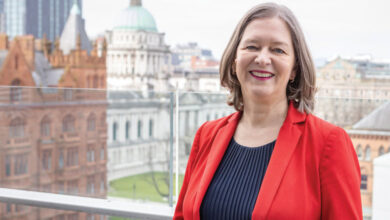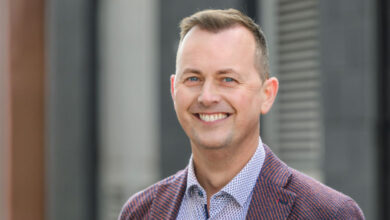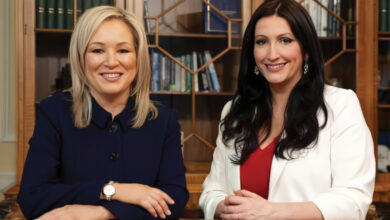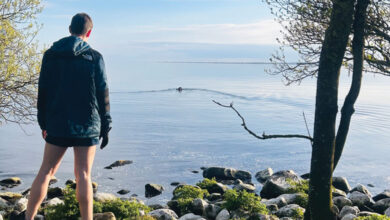A culture of participation
Participation in sport in the province is much lower than the Programme for Government target of 53 per cent but the Assembly’s Culture, Arts and Leisure Committee wants to change that.
In Northern Ireland there are more than enough people who are sports fans, but that won’t do our health any good. In fact the anxiety associated with all sports fans could be detrimental.
The Programme for Government charged DCAL with stopping the decline in adults playing sport or doing exercise; that document set a target of 53 per cent. The current level is around 30.
Sport NI were the pioneers of the inquiry and to date the committee has taken evidence from the three main sporting bodies in the province.
Research by the Assembly Research and Library Service suggests that groups who do less sport include women, disabled people and people from disadvantaged areas, older people, minority communities and the lesbian, gay, bi-sexual and transgender community.
Socio-cultural, practical and knowledge barriers all play their part in varying participation levels. The first of the three refers to more traditional deep-rooted problems. Indeed a “significant” problem is that sport and physical activity is dominated by elitism and masculinity and therefore, for the affected groups, there is a lack of “a positive and attainable role model”.
Practical barriers include physical, medical and economic problems. People in more deprived areas, for example, tend to have less time and money. Indeed health problems can affect any group.
The Assembly research also points to knowledge barriers such as educational attainment, relating to the level of physical activity. There is also evidence that the actual benefits of physical activity may not be known, particularly in among older people and ethnic minorities.
In certain cases, that gap in attainment could be due to “differences in problem-solving and coping capacity arising from educational experience.”
Indeed the committee will also read in the briefing paper that people with lower levels of education are more likely to be employed in physically active work but less likely to engage in leisure activity in their free time.
Exposure to sport is also said to be “extremely important during childhood and will affect an individual’s level of activity throughout their lives”. Simply put, active children are more likely to be active adults.
In a Women’s Sport and Fitness Foundation study in 2007, for example, a quarter of women said that early experiences of physical education put them off sport in later life. Indeed 26 per cent of women said they were never encouraged to play sport.
People with physical disabilities have suffered in participation terms by disabled sport’s separation from able-bodied sports. That parting has served either to marginalise disabled sports or to give the impression that they are available only to the more gifted disabled.
Committee Chairman Barry McElduff told agendaNi that the issue should not be unique to his committee. “There’s a crossover with the world of health,” he says and indeed he acknowledges that there could be scope for a joint piece of work with the Health Committee.
For McElduff the committee also exists to “support and advise” the department and so the plan is to meet with the department when the inquiry is finished and say: “You want reach 53 per cent participation? Then sit up and take notice of these recommendations.”
The committee is aiming to pass its report to the Department of Culture, Arts and Leisure by June, but that date could be subject to change.
The groups at a glance
- Women
- Disabled people
- People from disadvantaged areas
- Older people
- Minority communities
- LGBT community





